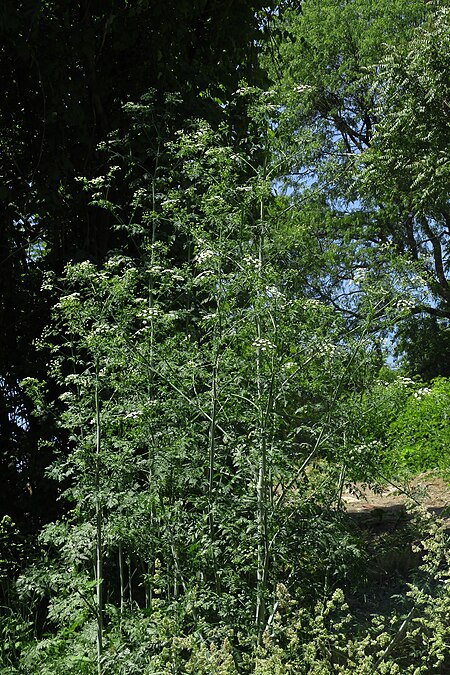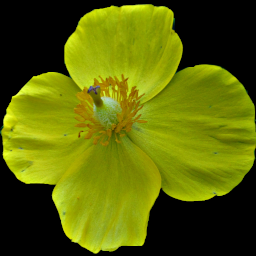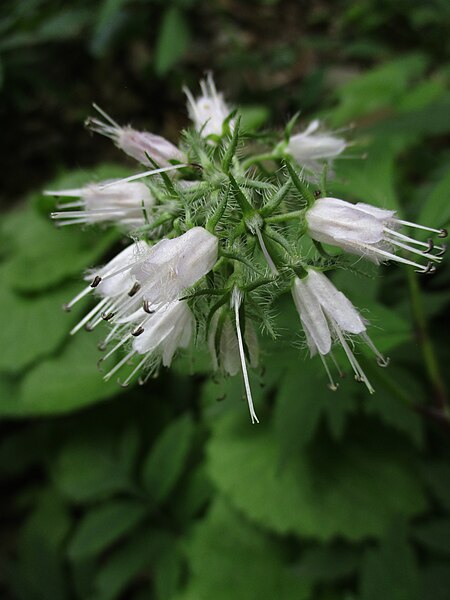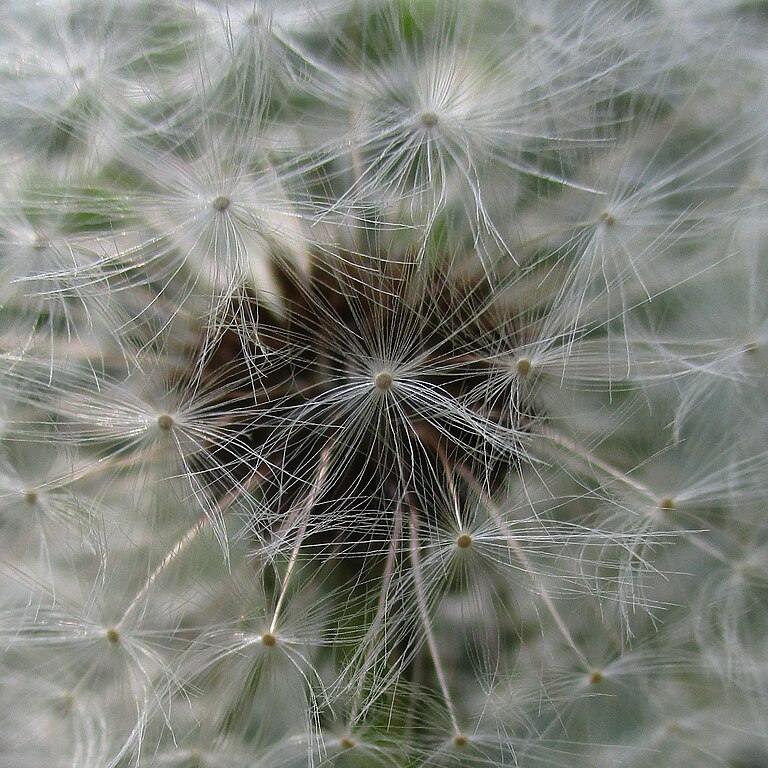
Poison Hemlock grows very tall very fast. It bears innumerable compound umbels of flowers like Queen Anne’s Lace, but the plants are much larger (and of course much more poisonous), usually with a whitish bloom on the stalks. It was almost certainly introduced into this country intentionally, which tells us more about our ancestors than we wanted to know.

These plants were growing in South Side Park, where they were photographed May 30.

For a fuller description, see the Conium maculatum reference page.













